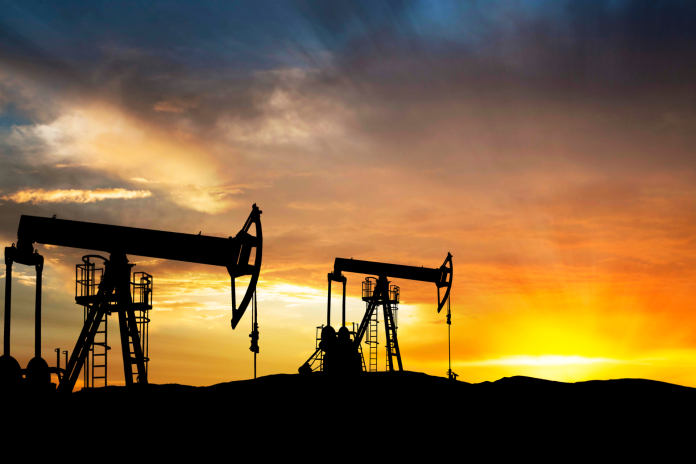Natural Gas Exploration and Local Politics
For us mortals, gas can often be a source of discomfort; it brings pain before it finally exits our bodies, followed by the embarrassment that makes us wish we could just disappear! In contrast, the “natural” gas found deep underground alongside oil, or in dedicated “gas fields,” is a different story. Recently, the local head of the ExxonMobil (XoM) consortium, which operates the lucrative Stabroek Block, announced a significant discovery: the Longtail field is estimated to contain at least ONE TRILLION CUBIC METRES (cum) OF NATURAL GAS! That’s an impressive amount of gas!
Overall, preliminary seismic studies have suggested that the Stabroek Block could hold around SEVENTEEN TRILLION cum of gas. This prompts us to consider the implications of this natural resource. Firstly, it’s important to clarify that we are discussing “gas” in the scientific sense—one of the three states of matter, alongside solids and liquids—not “gas” as in gasoline! As a gas, natural gas can be transformed into a liquid and, eventually, into a solid by lowering its temperature.
Secondly, natural gas consists of the same elements as petroleum—hydrogen and carbon—allowing it to be burned for energy. For example, we use it for cooking, but not without the risk of explosions from our tanks! This is why we are transporting some of it via pipelines from the Lisa fields to fuel the 250MW Gas-to-Energy project at Wales. The gas extracted is “associated” with the oil we are selling alongside ExxonMobil, separated by the Floating Production Storage and Offloading (FPSO) unit.
In the contested agreement, ExxonMobil has the option to either reinject the gas into the fields to enhance oil recovery or to ship it to us—since it belongs to us! However, this brings us to the first challenge of monetizing this resource: “shipping” it to customers. Constructing pipelines is a costly endeavor, as evidenced by the US$800M bill that ExxonMobil is expected to present once the deal to transport 50 million cubic feet (mcf/d) of natural gas ashore is finalized. The Wales plant will also process some heavier gases to produce 4000 barrels of natural gas liquids (NGL), leaving behind the methane we use.
It’s crucial to distinguish NGL from liquefied natural gas (LNG). NGL is derived from the heavier components of natural gas, like ethane and propane, which are liquefied under high pressure. In contrast, the main component of natural gas—methane—requires a chilling temperature of -162 degrees Celsius to convert into LNG. This distinction leads us to a new challenge: how do we produce LNG for export to international markets?
Local Political Dynamics and Land Rights
Reflecting on recent political developments, I recall the day in January 2023 when Opposition Leader Aubrey Norton, Georgetown Mayor Ubraj Narine, and several Members of Parliament stood with squatters in Mocha. Twenty-eight residents accepted the government’s offer of full compensation for their properties, a free residential lot, and a grace period for building new homes. Despite being given notices to vacate since 2008—and again in 2021 when highway construction commenced—seven residents resisted, encouraged by the aforementioned opposition leaders. These leaders insinuated that the PPP government aimed to displace them (Afros) in favor of their (Indo) supporters.
Three squatters filed a court case demanding $200M but not only lost their case but were also fined $2M. The court ruled that they had no rights as squatters and had squandered the government’s humanitarian offer. Shouldn’t the opposition figures who instigated this situation be held accountable for the charges?
Additionally, with Suriname recently asserting its claim over the New River Triangle by pulling out maps, should we reconsider our decision to jointly construct the bridge across the Corentyne? The implications of such maps could complicate our future relations and agreements.


